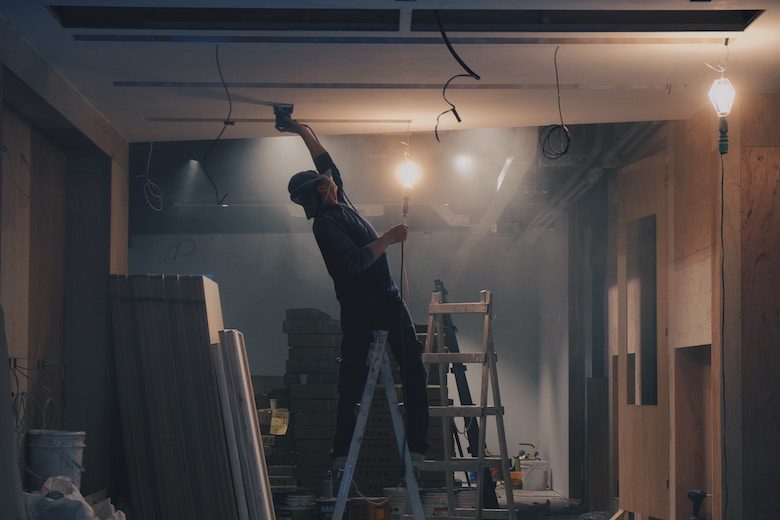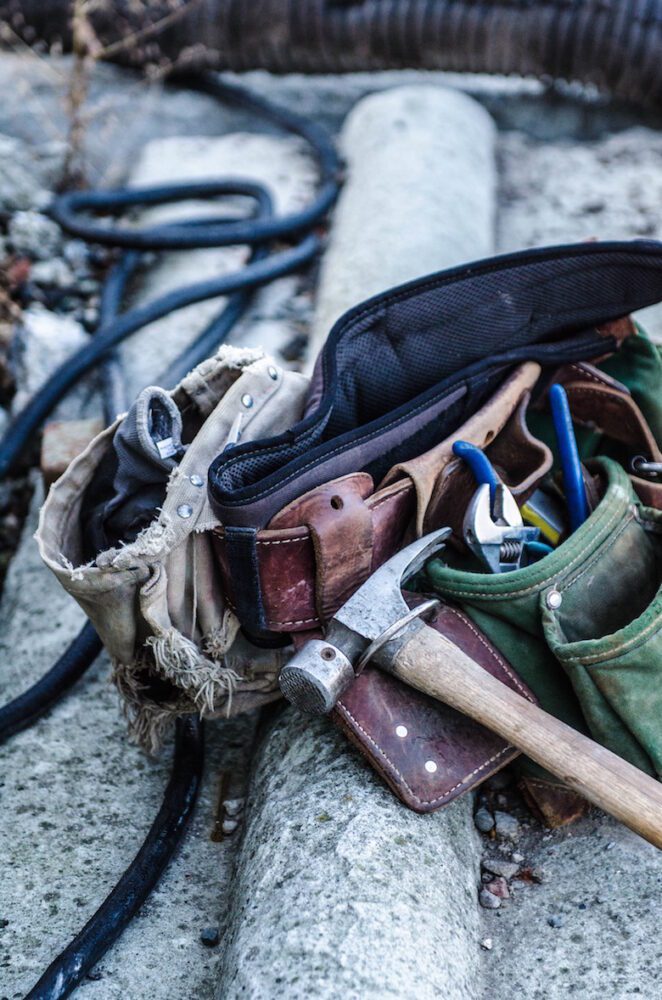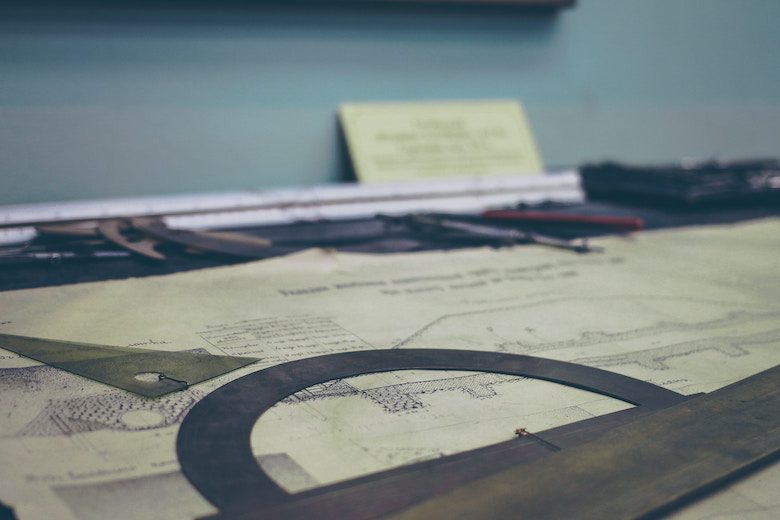If you are planning an interior fit out of a commercial or retail premises you will likely have come across references to a Principal Designer. But do you know what this means, and why they are so crucial to a successful build? We are here to explain (we’re nice like that).
The Government’s Construction (Design & Manufacture) Regulations (CDM 2015) set out the requirements for any design on a construction project, whether permanent or temporary, covering the work of designers, contractors and Principal Designers. Anyone undertaking a rebuilt, fit out or interior design project needs to comply with their duties under these regulations. One of these duties is for any design project that goes ‘on site’ to have a designated Principal Designer, who is responsible for ensuring the health and safety of all those involved with the design and site. Whilst health and safety may not be the most exciting aspect of planning a new project, it is one of the most important. And a project needs to be as safe as possible for its entire lifecycle, not just the duration of the build. It needs to be taken seriously. Then you can get back to choosing upholstery and lighting (aka, the fun stuff).

What is a Principal Designer?
A Principal Designer can be a designer or any individual who can demonstrate they have the appropriate knowledge, skills and experience to oversee the welfare and health and safety of people working on site. They must be appointed in writing, and will then usually work alongside the client and a designated Principal Contractor to plan, manage and co-ordinate the health and safety aspects of a design.
How a Principal Designer works:
Pre-construction
Before a project goes on site you need to appoint a Principal Designer, in writing. They will inform you of your duties under the CDM Regulations and draw up a proposal for dealing with any potential health and safety issues that may arise during the project, whether that means eliminating the risks entirely or if that’s not possible, devising strategies to minimise or control those risks. They will review information from the client, such as previous asbestos reports, ground conditions, health and safety files or surveys etc, and pass this on to the Principal Contractor, with whom they will liaise to ensure the design is properly co-ordinated. The Principal Designer will also co-ordinate the work of any other designers on the project to identify any foreseeable health and safety issues, and ensure that designers comply with their duties.

During construction
Once work is underway the Principal Designer must prepare and develop a thorough health and safety file, as well as co-ordinating with the Principal Contractor to make sure both parties have all the necessary information. An effective Principal Designer will visit a site regularly and keep up-to-date with all progress and events. When a project is completed this file must be given to the client. Due consideration for the health and safety of those using the space as a workplace in the future must have been considered in this file. This report will also contain details of the positioning of the main services, a full as-built specification for all items and information on any hazards, such as an asbestos ceiling that has been covered up.

For more information about the role of a Principal Designer go here.
Whilst it may seem a daunting task, the job of a Principal Designer is an important one. If you are planning an interior design project and don’t have the time or experience to oversee the health and safety requirements, contact us to discuss how we can help. We have experience incorporating the role of Principal Designer within the main interior designer role, giving us a detailed and fully informed overview of all aspects of a project. We can take the stress off you, and ensure your build goes smoothly, and safely.